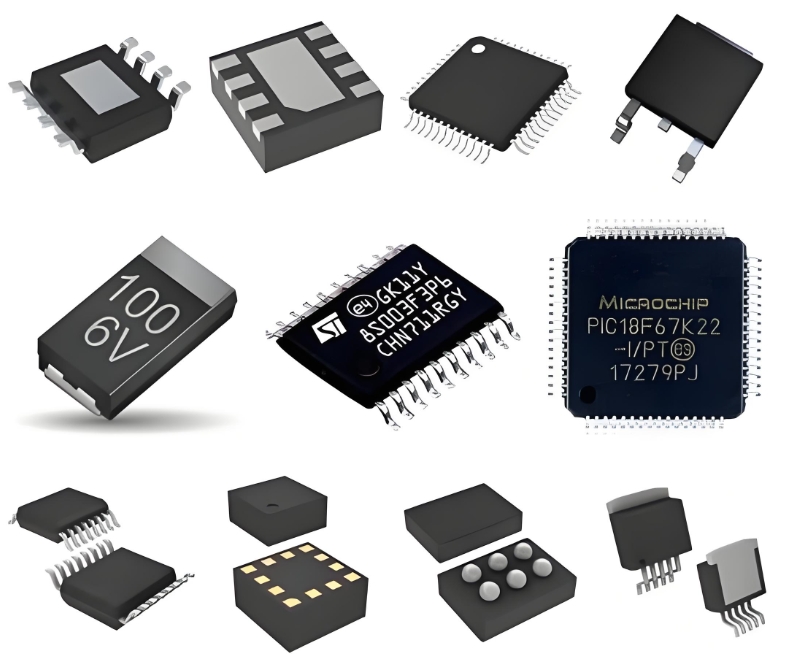**AD5242BRUZ10-RL7: A Comprehensive Guide to the 256-Position Digital Potentiometer**
The AD5242BRUZ10-RL7 from Analog Devices represents a significant advancement in digital potentiometer technology, offering engineers a highly reliable and precise solution for variable resistance control in a wide array of applications. This device effectively replaces traditional mechanical potentiometers with a solid-state, digitally controlled interface, bringing enhanced durability, programmability, and space savings to modern electronic design.
As a **256-position digital potentiometer**, the AD5242 provides a fine resolution that is essential for precision adjustment tasks. The "10" in its part number signifies a **10 kΩ end-to-end resistance**, a common and versatile value for many circuit requirements. Housed in a compact **TSSOP-14 package**, the device is designed for space-constrained PCB layouts. The "BRUZ" denotes the specific package and temperature grade (industrial), while the "-RL7" indicates it is supplied on a 7-inch reel for automated assembly.
**Key Features and Operational Overview**
The core functionality of the AD5242 is to emulate a three-terminal potentiometer. The two terminals, A and B, are equivalent to the fixed ends of a mechanical pot, while the W (wiper) terminal moves across the 256 discrete resistive elements, effectively dividing the fixed resistance based on the digital code loaded into the device.
Its operation is governed via a **2-wire I²C-compatible serial interface**, which allows a microcontroller or digital processor to set the wiper position with simple commands. This interface supports a wide range of voltages and facilitates communication in multi-device systems. The AD5242BRUZ10 operates on a single **2.7 V to 5.5 V supply**, making it compatible with both 3.3 V and 5 V logic systems, a critical feature for mixed-voltage designs.
One of its most notable attributes is its ability to perform **non-volatile wiper storage**. Unlike volatile digital pots that reset to a mid-scale position on power-up, the AD5242 can store its last wiper setting in memory. This ensures the circuit immediately returns to its previous configured state upon power restoration, which is vital for applications requiring consistent performance without needing re-calibration.
**Primary Applications**

The precision and digital control of the AD5242 make it suitable for numerous applications:
* **Instrumentation and Calibration:** Used for gain and offset adjustment in operational amplifier circuits, sensor calibration, and test equipment.
* **Audio Equipment:** Provides volume control and tone adjustment without the noise and wear associated with mechanical pots.
* **Programmable Voltage References:** Sets precise reference voltages for ADCs, DACs, and other sensitive analog components.
* **Industrial Control Systems:** Offers a robust solution for parameter adjustments in harsh environments where mechanical pots would fail.
**Why Choose the AD5242BRUZ10-RL7?**
Engineers select this component for its **excellent combination of resolution, non-volatile memory, and a simple digital interface**. Its solid-state construction guarantees a long lifespan with no mechanical wear-out, making it far more reliable than its mechanical counterparts. Furthermore, its immunity to dust, vibration, and contamination makes it ideal for demanding industrial and automotive environments.
**ICGOODFIND:** The AD5242BRUZ10-RL7 is a superior choice for designers seeking a **high-resolution, reliable, and digitally controllable variable resistor**. Its integration of non-volatile memory and a standard I²C interface simplifies system design while providing the precision necessary for advanced analog circuits. It stands as a testament to the evolution of passive component control in the digital age.
**Keywords:** Digital Potentiometer, I²C Interface, Non-Volatile Memory, 10 kΩ, 256-Position.
